The second feature film from director Michale Boganim is now playing in France, Germany, and Cyprus.
When the theatre lights came back up during the closing credits, I sat there for a while. There were two women behind me exchanging reactions: “It was a little too long and a little confusing…” said the first. “Yes, but this is the Orient!” said the second. We were at the Arlequin movie theatre on the rue de Rennes, in the 6th arrondissement of Paris.
Ah, the East and its complexity. This is one of the things we can indeed retain from the film (though I’m being ironic, there’s truth in the cliché).
https://www.youtube.com/watch?v=Ljr4UirfmS4&ab_channel=FilmAffinity
In the opening sequence of Tel Aviv-Beirut, director Michale Boganim shows us a road on which an old Golf convertible is cruising, shot from a drone in a vertical dive. The voice-over of one of the two passengers in the car tells us that a railway line linked Beirut to Tel Aviv before World War II. The tone is set, it will be nostalgic — nostalgia runs through Boganim’s films, from Odessa… Odessa! (2005) through Land of Oblivion (2011) and to The Forgotten Ones (2021) A countdown on the screen takes us back in flashback to 1984. This will be the most central part of the film, because it determines the other two periods, 2000 and 2006. Tel Aviv-Beirut is a triptych.
1984. Not so long ago. I remember that year. I was listening to the news on television about the events in Lebanon, which seemed to be a mosaic of horrors. There was the endless countdown of the days that the French hostages spent in Lebanese jails, the countless militias, the attacks. From France, I imagined Beirut as hell on earth, a place where one’s faith was the law, commanding anarchy and violence. We didn’t understand a thing.
This is the film’s landmark year, the year that marks destinies. The civil war has been going on for almost 10 years, the Israeli army has been occupying South Lebanon for two years, supported by the main Lebanese Christian militias.
Fortunately, Tel Aviv-Beirut is not a didactic film. The complexity of this war is not explained; it is experienced through the emotional ties that are formed and played out by the events of these three periods that the director has decided to paint, three chapters in the history of a country, of a Lebanese family and their Israeli counterparts: Fouad, his wife Nour, and their little girls Tanya and Jacqueline on one side; and Yossi, Myriam and their newborn Gil on the other.
Yossi, an Israeli soldier stationed at the border, befriends Fouad, a Maronite militiaman in the Lebanese Forces. We can already sense the danger that this friendship will engender. Fouad collaborates with Tsahal, the Israeli army, more out of pragmatism than conviction. He accepts the spying missions of his superiors without much resistance. Nour resents Yossi’s presence, while Fouad criticizes the Israelis under his breath, and yet, as he begrudgingly tells his wife, “Israel is providing our arms and uniforms, they’re paying our salaries, we need them, you understand?” In desperation, she replies: “I want to get away from here, far away.”
Some villagers accuse Fouad and Nour of being “collaborators.” The friendship between Fouad and Yossi is uneasy. Meanwhile, to complicate matters, Fouad’s daughter Tanya befriends a young Shite boy, Kamal, with whom she will have a fling as an adult. Kamal sympathizes with Hezbollah but avoids the fighting. “Do you know how many Lebanese have been killed by Israeli missiles?” he asks her in 2000, by which time Israel has occupied the southern part of the country for 17 years. From 1940, the Germans occupied France for five years, wreaked havoc, and killed more than 300,000 civilians; they nearly destroyed the country. Israel occupied Lebanon more than three times as long; imagine the chaos and death that rained down on the country. How many lives were inexorably altered? If one takes nothing else away from Tel Aviv-Beirut, this is a sobering reminder that war is hell.
Strangely, when Nour is killed by an Israeli rocket, the ties between Fouad and Yossi do not break.
However, from this event, we witness the slow disintegration of Tanya’s family, and she soon becomes the main character of the film. Tanya is the family’s life force. She embodies the heart of a country that only wants to live and love. She is the one who will preserve the link between Fouad, exiled in Israel, and Jacqueline, married and remaining in Lebanon after the Israeli army left South Lebanon on May 25, 2000.
The whole of Christian Lebanon seems to be aggregated in this family. The father alone symbolizes the contradictions of the country, torn between patriotism, betrayal, pragmatism and lost illusions.
Fouad decays over the course of the film’s three eras, as Lebanon descends into endless war. Yossi, on the other hand, sees his family disintegrate because of his long absence. His fascination with war-torn Lebanon echoes that of Anya (Olga Kurylenko) and her relationship with the Chernobyl disaster-contaminated city of Prypiat in Boganim’s Land of Oblivion.
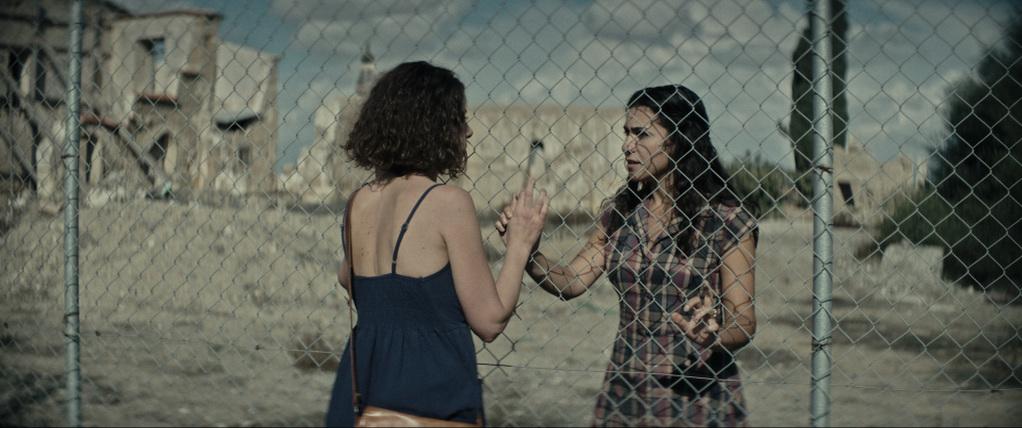
Boganim’s story criticizes Israel’s military culture, showing how the army pervades every aspect of civilian life, claiming every teenager at the age of 18 to do military service either at the border with Lebanon, Syria or in the Occupied Palestinian Territories. In Israel, the army becomes central in everyone’s family. Yossi begets Gil, who becomes in a sense the sacrificial lamb, for just as Fouad’s family has lost someone dear, so must Yossi’s. Boganim makes it clear that war exacts its toll with few exceptions. One of the central points of the film is that Israel abandoned and betrayed its Christian militia allies when it vacated Lebanon, just as the US betrayed and abandoned the Kurds in Iraq. And war in the region remains cyclical — when two Israeli soldiers are kidnapped by Hezbollah near the border in 2006, Israel wages war on Lebanon and Hezbollah for 34 days, bombing Beirut and the south, killing more than a 1,000 Lebanese, and displacing more than a million, according to the Lebanon Higher Relief Council, while hundreds of thousands of Israelis in the north of the country became displaced, fleeing Hezbollah artillery and missile attacks.
From one side of the border to the other, from one family to the other, from one era to the other, Boganim depicts the wounds, the absences, the absurdities of a war without showing much of it, focusing on sound more than action sequences.
Generally speaking, the film seeks our identification with its central characters, but something prevented me from feeling closely attached to any of them. The facts are there, the dramatic situations are not lacking, but they are not at a level that allows us to lose ourselves in the story. Fouad, for example (played by Younès Bouab), is a character who is certainly overwhelmed by the Lebanese tragedy of which he is a part, but whose dramatic potential is under-exploited. The contradictions he carries within him never really appear as a dilemma. He remains rather indecisive and his rupture, that of a whole country (since he symbolizes Lebanon, in my view) is not presented with the emotion such a predicament would engender. Meanwhile, the character of Nour, Fouad’s wife, who is more reluctant to collaborate with Israel, unfortunately provides for poetic rather than political background.
Interview with Michale Boganim, director of Tel Aviv-Beirut
I must admit a counterpoint to the reservations I have just stated: the sequence featuring Tanya and Myriam. Myriam has suffered from the absence of Yossi, a hero whom she ends up not waiting for, not loving anymore. She raises Gil, their son born in 1984, alone. In 2006, Gil becomes a soldier and is kidnapped by Hezbollah near the border, where Yossi insisted that he do his military service.
Myriam and Tanya team up to find Gil. This film within the film, halfway between Thelma and Louise (Ridley Scott, 1991) and Je Veux Voir (Joana Hadjithomas and Khalil Joreige, 2008) brings a real breath of fresh air to the proceedings and gives Tel Aviv-Beirut a beautiful lightness. We feel in this sequence a truth that escapes the rest of the film. What plays out between the two women as much as between the two actresses, Zalfa Seurat as Tanya and Sarah Adler as Myriam, is a superb, authentic moment of cinema.
Myriam and Tanya speak to each other in French (Myriam is French and Israeli and Tanya is a product of French schools in Lebanon), and this idea is perfect. It’s as if they are both outside of this war, outside of what pits men against each other, outside of history even as they are a part of it. Because war is a man’s business, right? So what does a woman think of war?
Well, Boganim gives us her cinematic answer here: women do not think about war, they are its victims. And Myriam, like Tanya, understands herself beyond the war. Myriam is a mother; she goes to look for her son, a hostage in the hands of Hezbollah. And Tanya, who understands her, decides to accompany her. That’s all a woman can do during a war: desperately try to save a loved one.
In the film, as in Lebanon, the worst prophecies come true. They are the ones that generate nostalgia, and in this region, nostalgia is a well-known evil. Palestinians have been familiar with it since 1948, but it seems it also affects the Israelis and in particular Michale Boganim, a Franco-Israeli filmmaker born in Haifa. Her biography runs through her entire filmography.
In her documentary film Odessa… Odessa!— another triptych divided into three locations (Odessa, New York, Tel Aviv) — she films different Ukrainian Jewish communities. One remained in Odessa and dreamed of leaving, another was exiled to New York (Little Odessa) and the last to Israel. In each case, homesickness and the memory of the loss of a land is elevated to the level of mythology.
In her 2011 film, Land of Oblivion, the story takes place in Ukraine again, but in Prypiat, the day of the Chernobyl disaster. The film begins as a factual reproduction of the nuclear accident, but quickly branches off into the story of Anya (Olga Kurylenko), who is torn between two men and two territories (Ukraine and France) after losing her husband in the disaster.
Here again, the fear of loss, the impossible departure, are at the center of what the filmmaker lets us see. Boganim’s 2021 documentary, The Forgotten Ones, is also a road movie that nostalgically travels through Israel, interviewing the Jews of Arab lands who often seem outcasts in a land in which they are supposed to belong.
Boganim’s way of filming, of often lagging behind the action and continuing the movement after the action, participates in this nostalgia for the images, the places, the characters that the camera tries to capture, but which are all doomed to disappear.
In the end, Tel Aviv-Beirut works more as an intimate family drama than a war picture, and in this, it reminds those of us who lived through or witnessed the situation in Lebanon during the civil war (1975-1990) of our own stakes in the conflict.




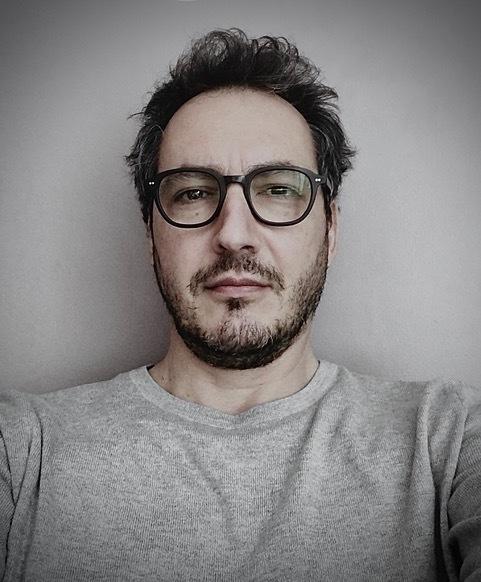
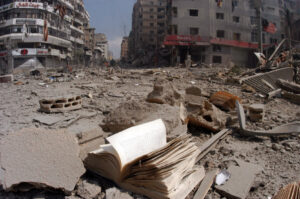
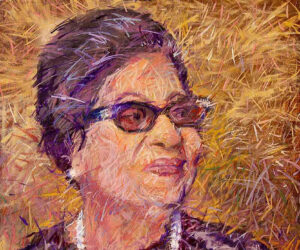
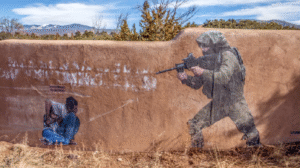

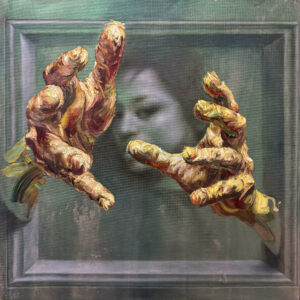
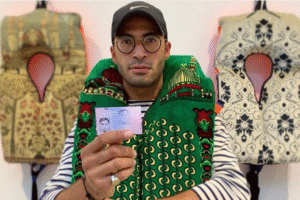

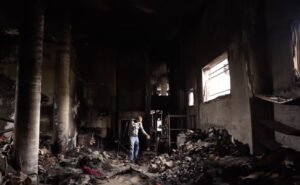
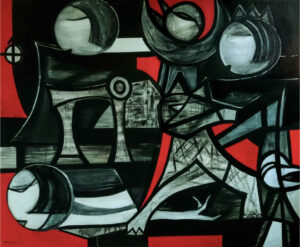
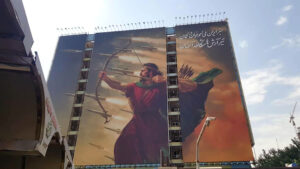
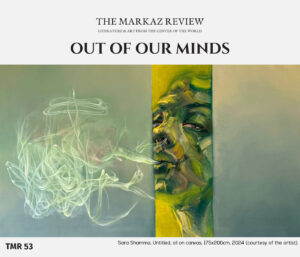
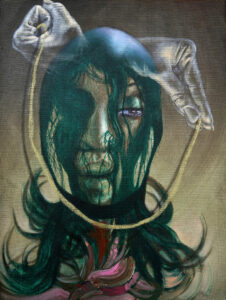
![Ali Cherri’s show at Marseille’s [mac] Is Watching You](https://themarkaz.org/wp-content/uploads/2025/09/Ali-Cherri-22Les-Veilleurs22-at-the-mac-Musee-dart-contemporain-de-Marseille-photo-Gregoire-Edouard-Ville-de-Marseille-300x200.jpg)
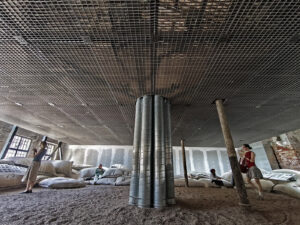


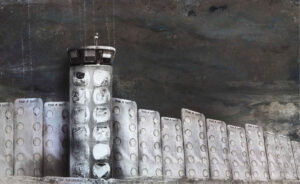
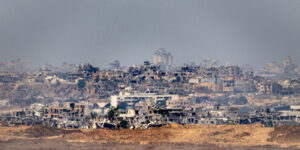
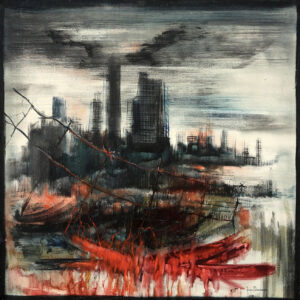


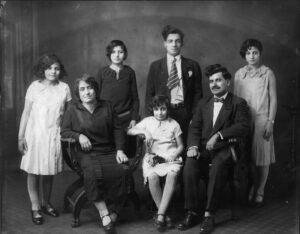
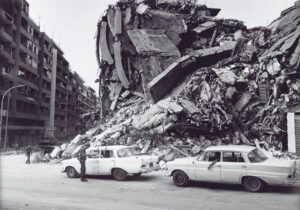
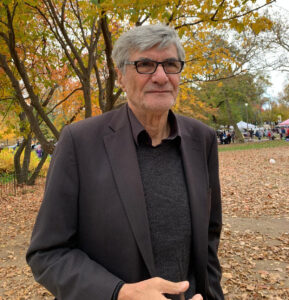
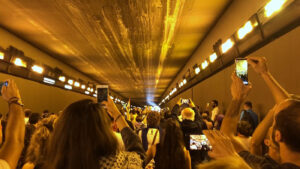


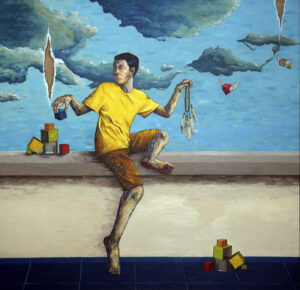



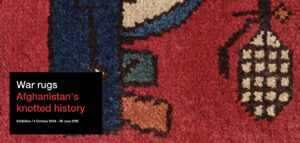

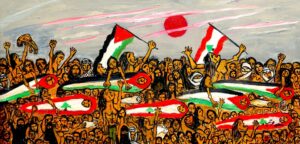













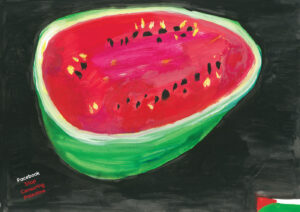



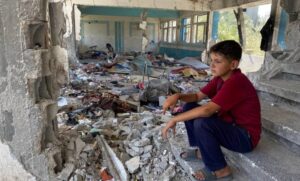



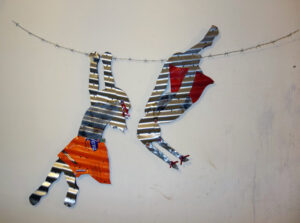




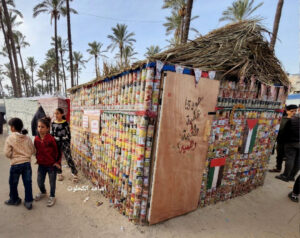
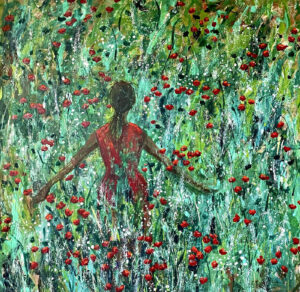







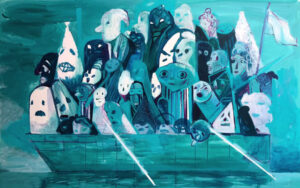








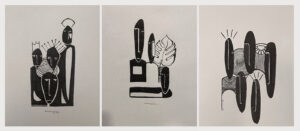




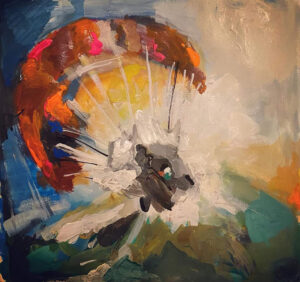






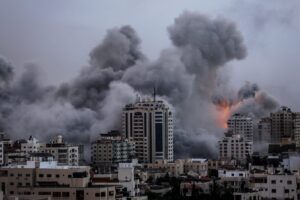



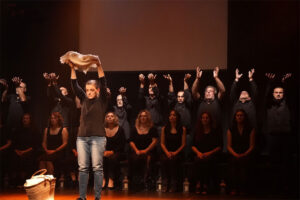



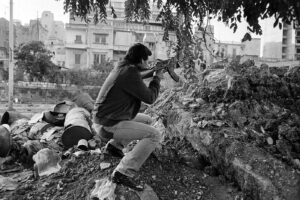



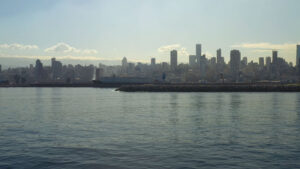


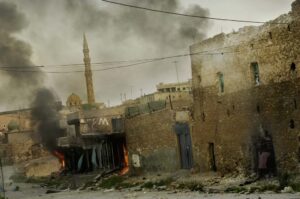






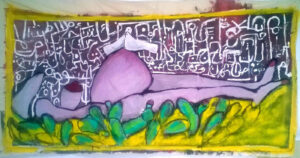

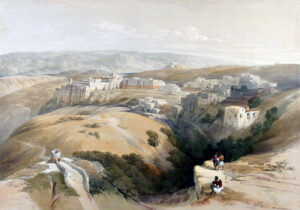


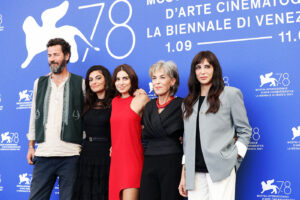
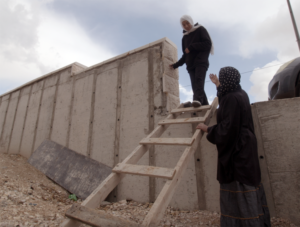






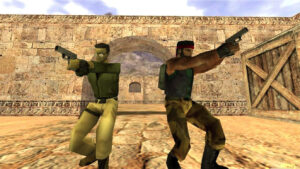
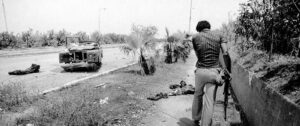
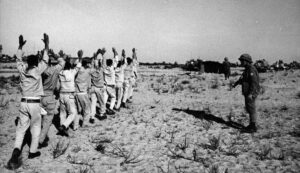

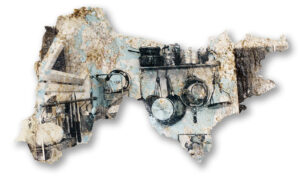
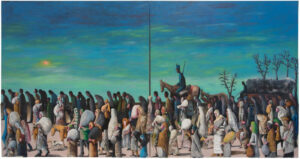





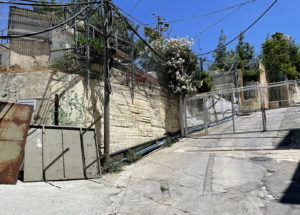
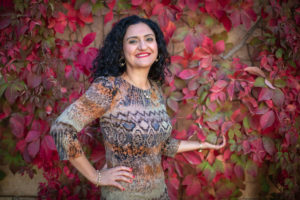
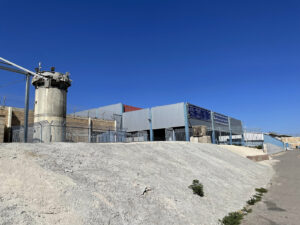
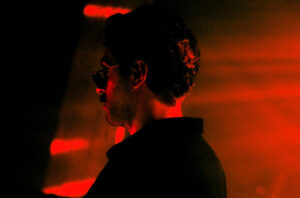
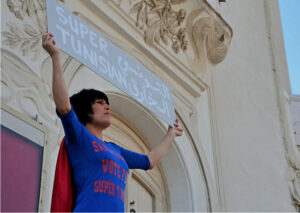

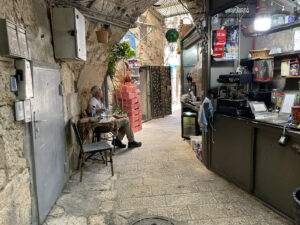



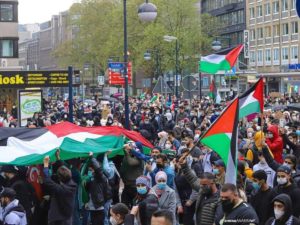

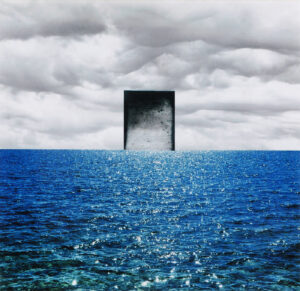
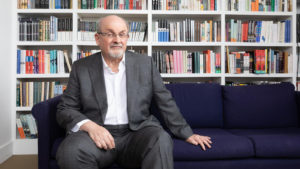



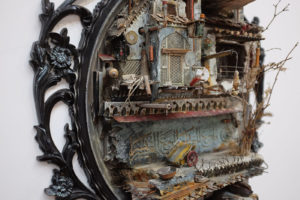





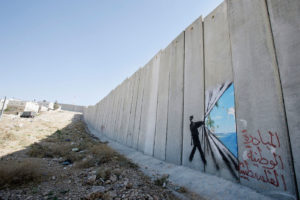





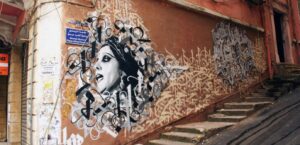




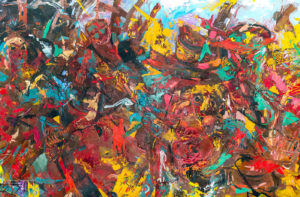
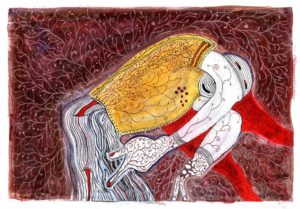







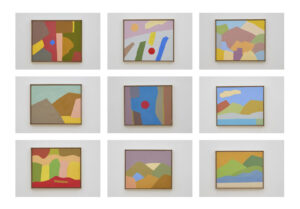




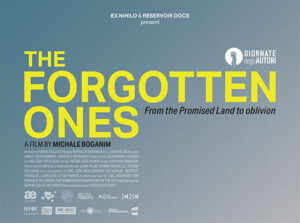

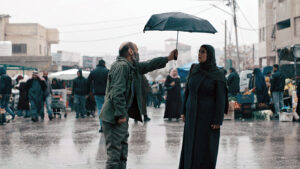
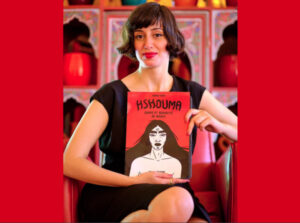
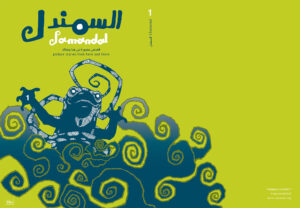




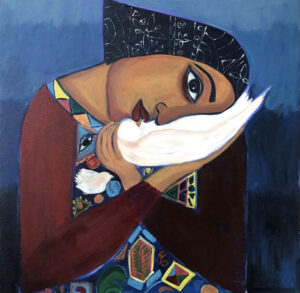


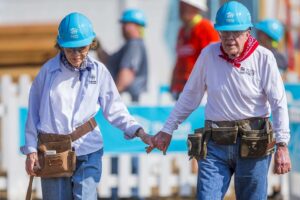
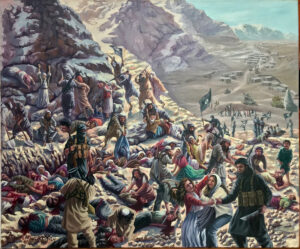


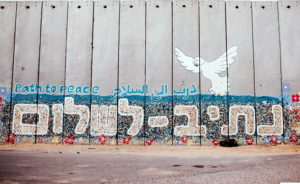









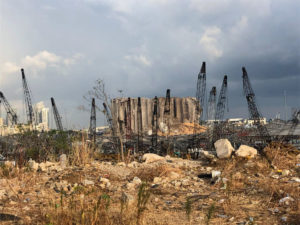
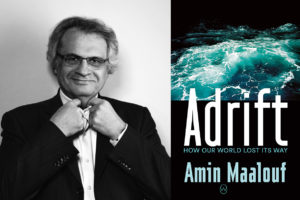
Filme, muito bom que mexe e pede uma alternativa de solução.
Tipo “Anuar el Saddat” pagou com a vida, mas deu uma alternativa